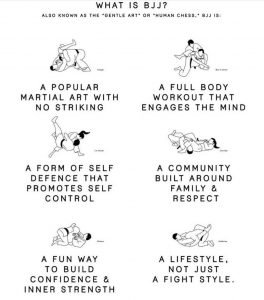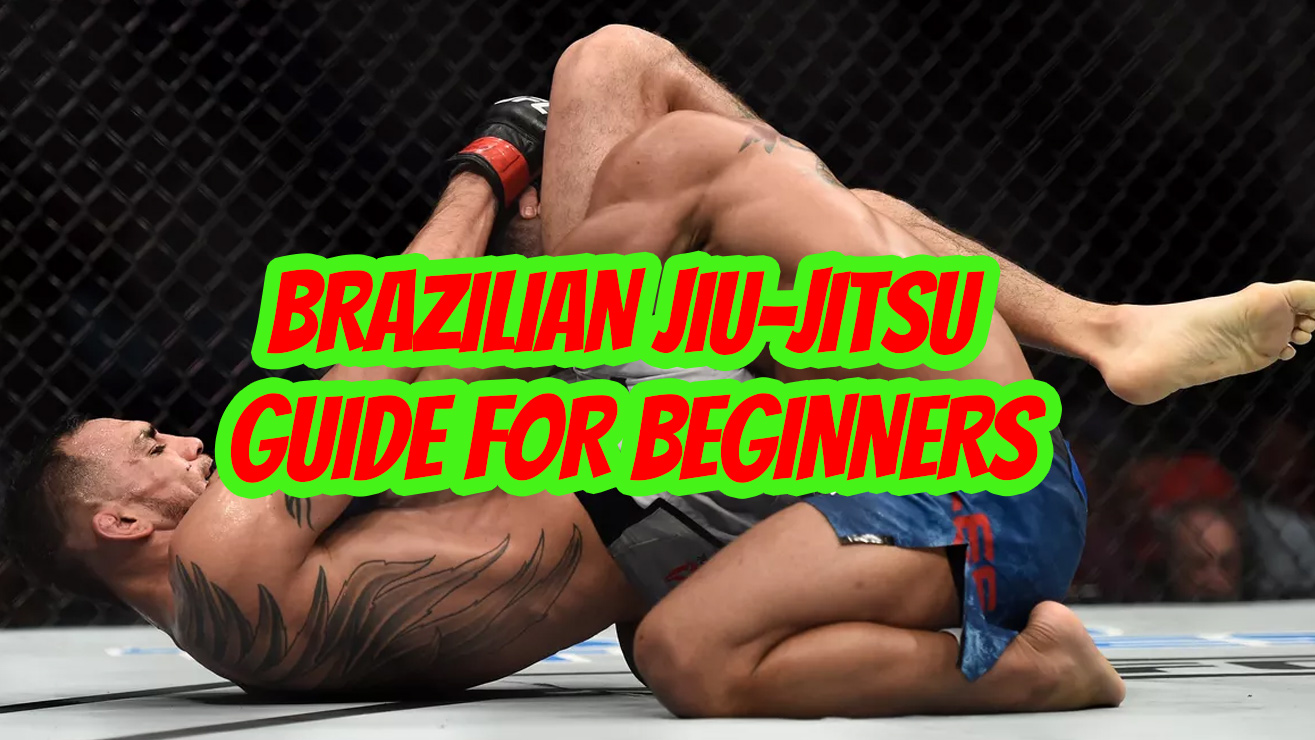

Keeping your elbows tight and close to your body is one of those little details many people overlook when they first start training. Let’s take a look at some fundamentals you should focus on when you first start training to take your BJJ game to the next level: With an excellent understanding of the fundamentals, you can put yourself in positions where you are able to attack your opponent with submissions effectively. The fundamentals are what put you in positions to defend against submissions, transitions, and sweeps. Mastering BJJ starts with you mastering all the fundamentals. It isn’t that uncommon to see a lower belt defeat a higher-ranked training partner when rolling or in competitions. Being great at Brazilian Jiu-Jitsu isn’t about how many techniques you know – it’s about how sound your fundamentals and grappling strategy are. There are countless moves used in BJJ, and it can take decades for you to master most of them. Mastering BJJ Starts With The Fundamentals BJJ fighters used to executing their moves on opponents who are resisting them 100 percent allow them to perform well in self-defense scenarios and competitions. This allows BJJ fighters to build up practical combat experience in a shorter amount of time. People who train striking-based martial arts like Karate typically do not go all out during their sparring sessions.īJJ practitioners can go 100 percent while rolling while keeping themselves and their training partners safe. One of the benefits grappling styles like BJJ have over combat styles is being able to train at close to 100 percent.

The arguments that favor this view include the fact most self-defense fights often end up on the grappling positions and the dominance BJJ fighters like Royce Gracie enjoyed during the early days of mixed martial arts tournaments. Also known as the “gentle art,” BJJ is arguably the most effective combat style for self-defense scenarios. Brazilian Jiu-Jitsu is one of the most rewarding martial arts you could ever train.


 0 kommentar(er)
0 kommentar(er)
